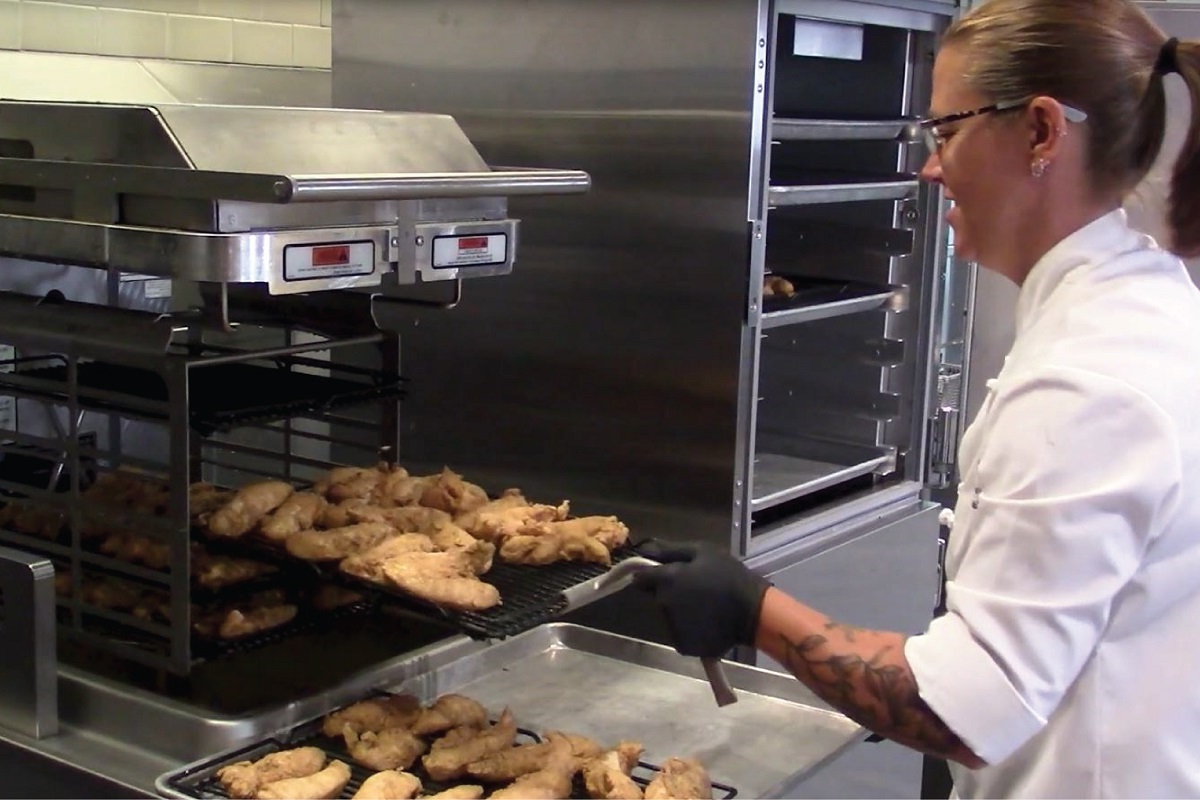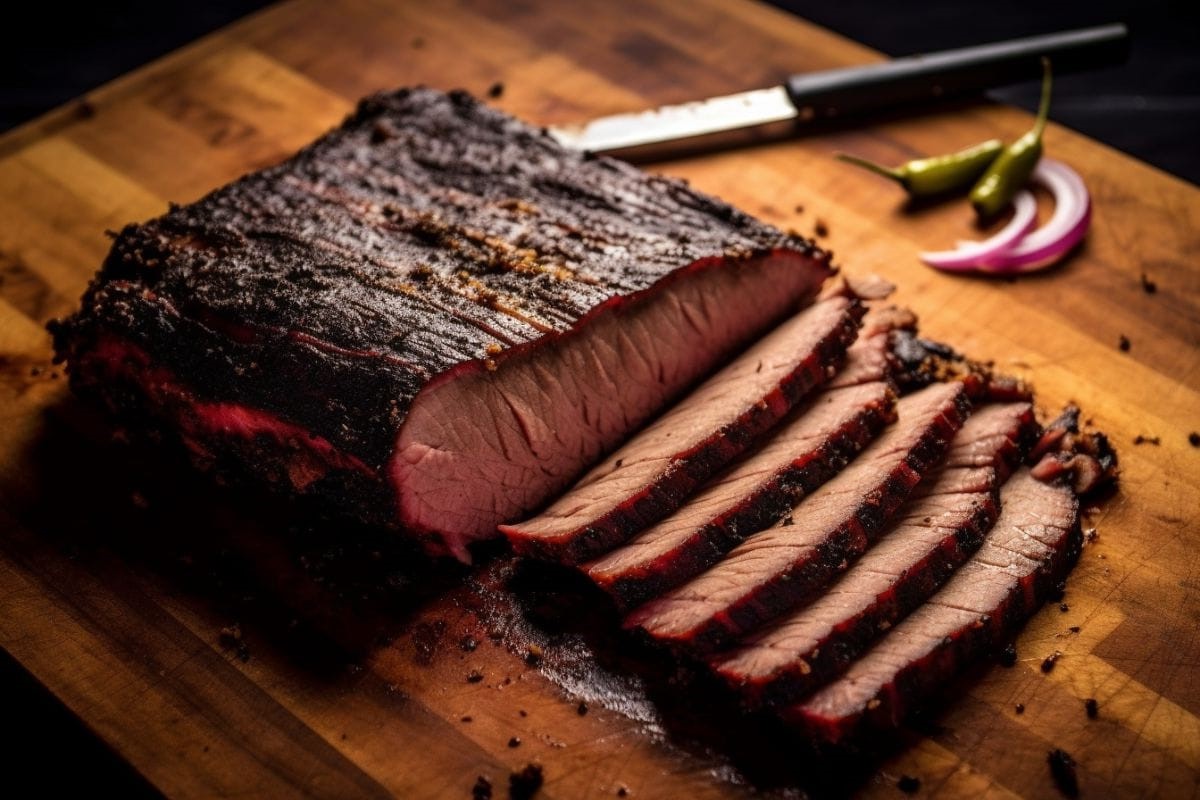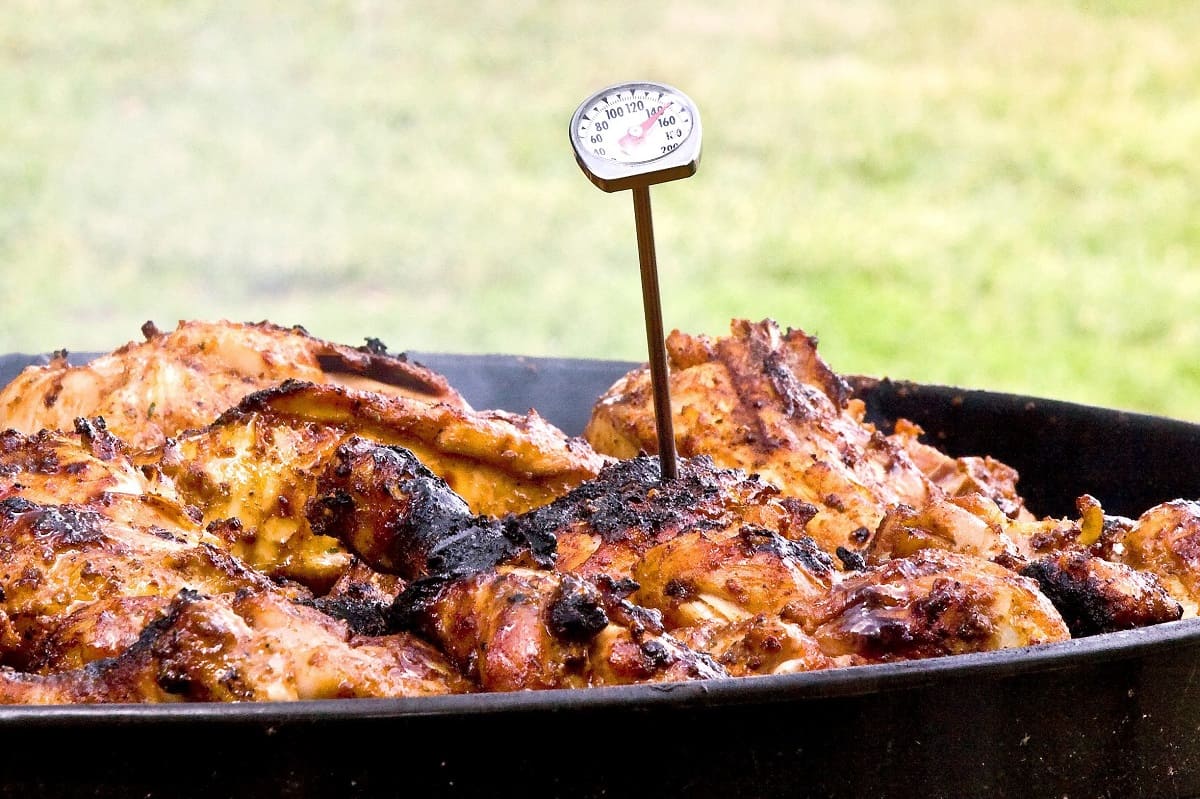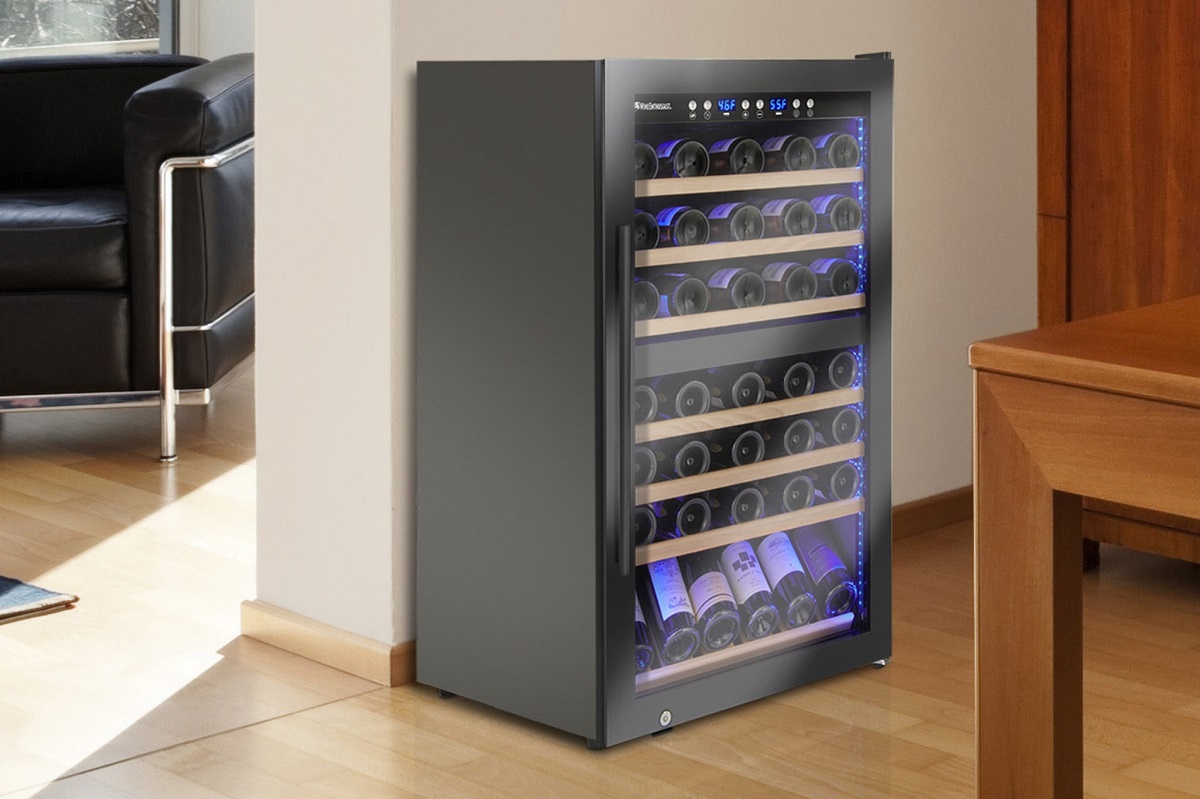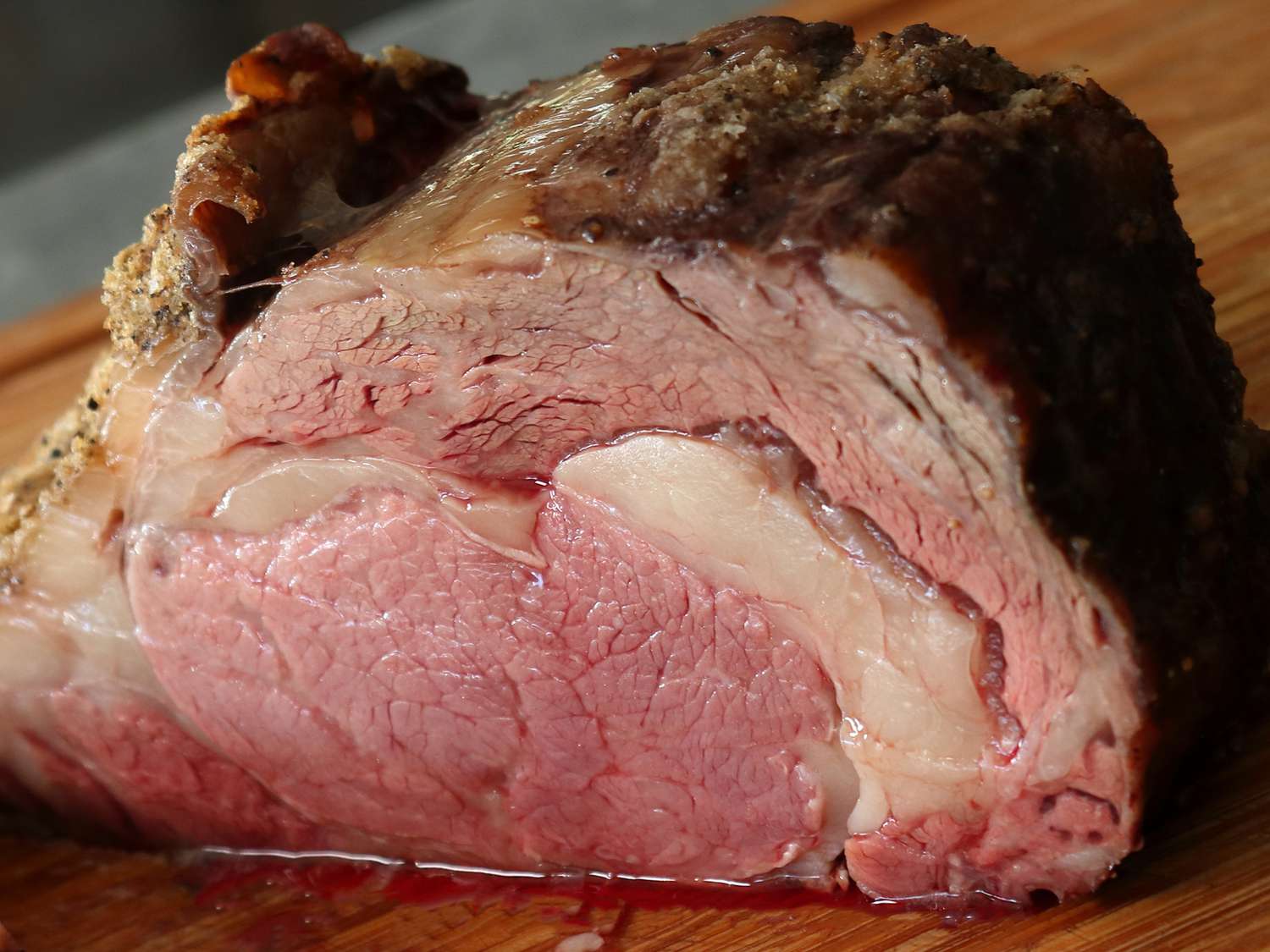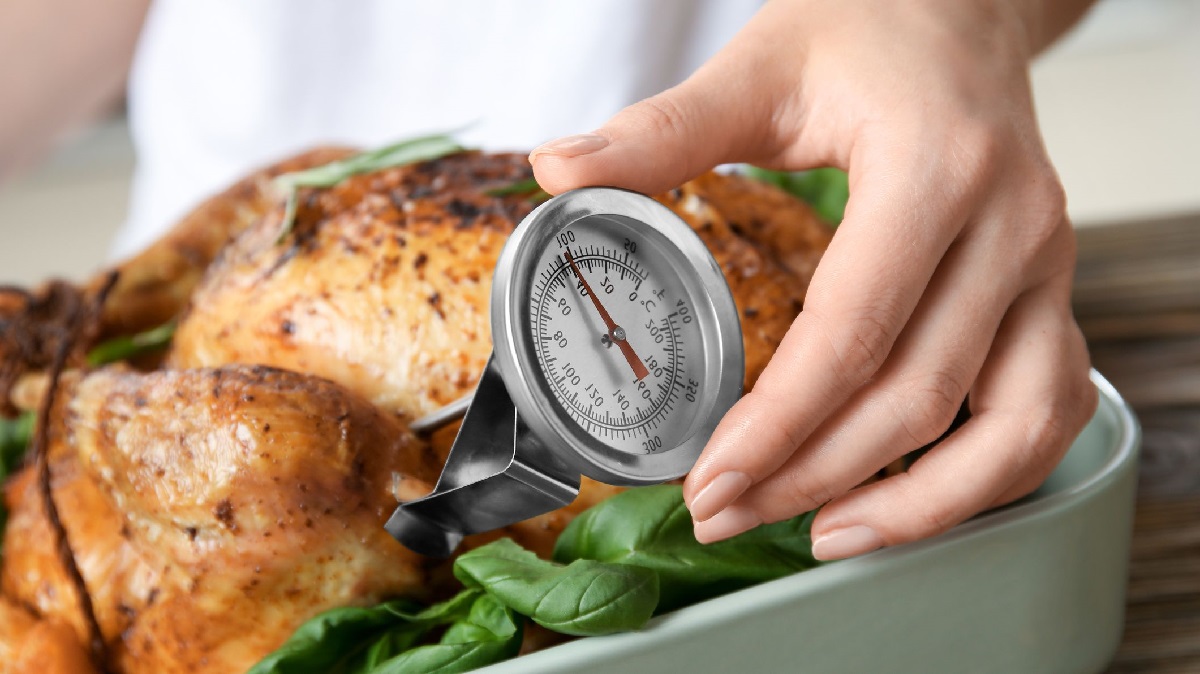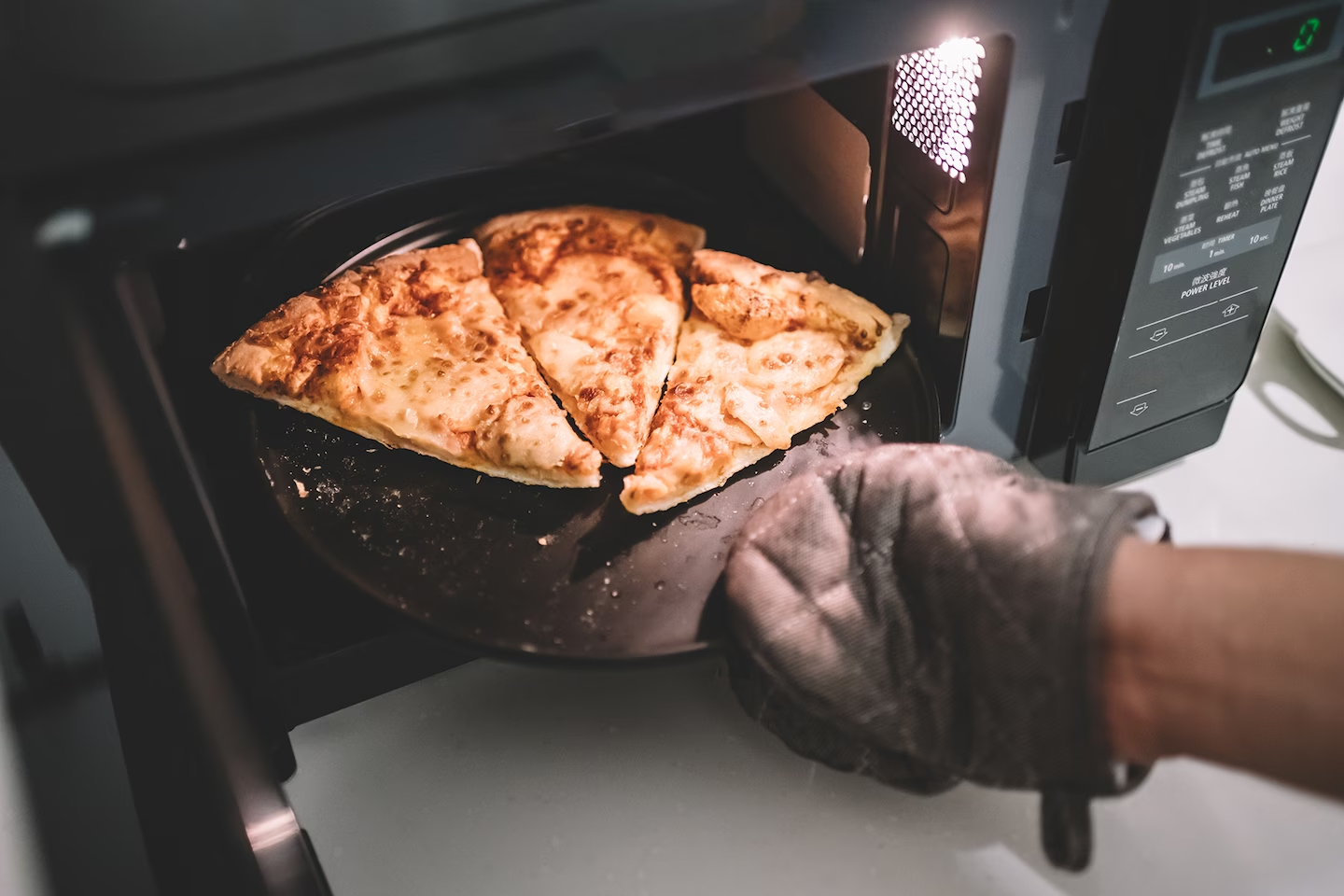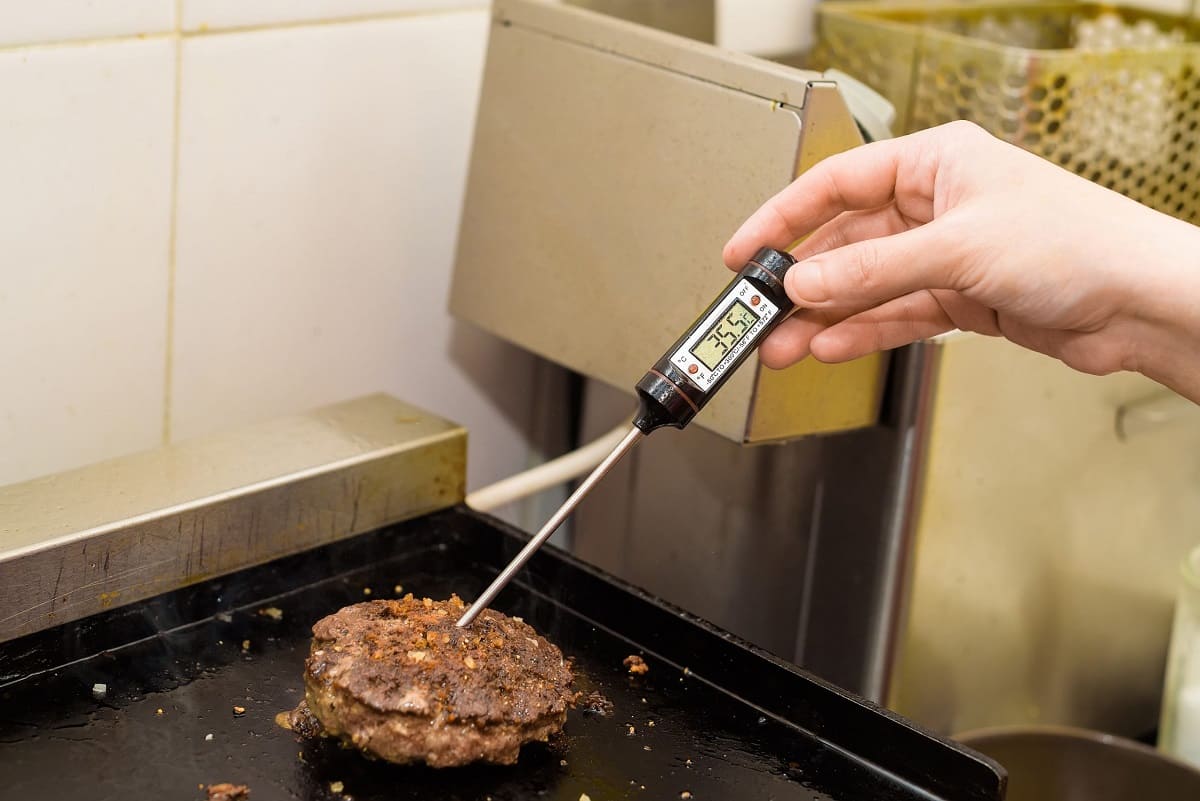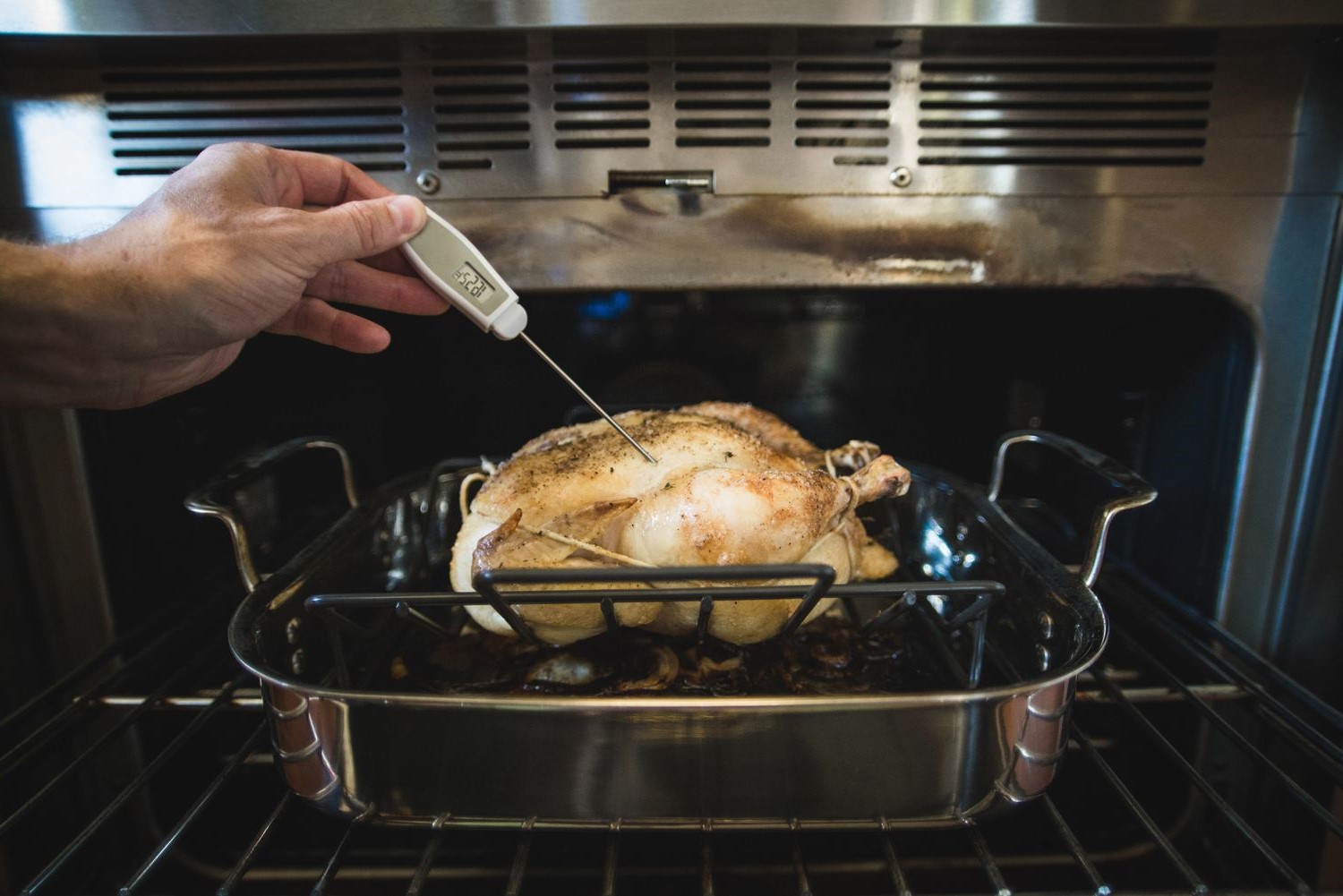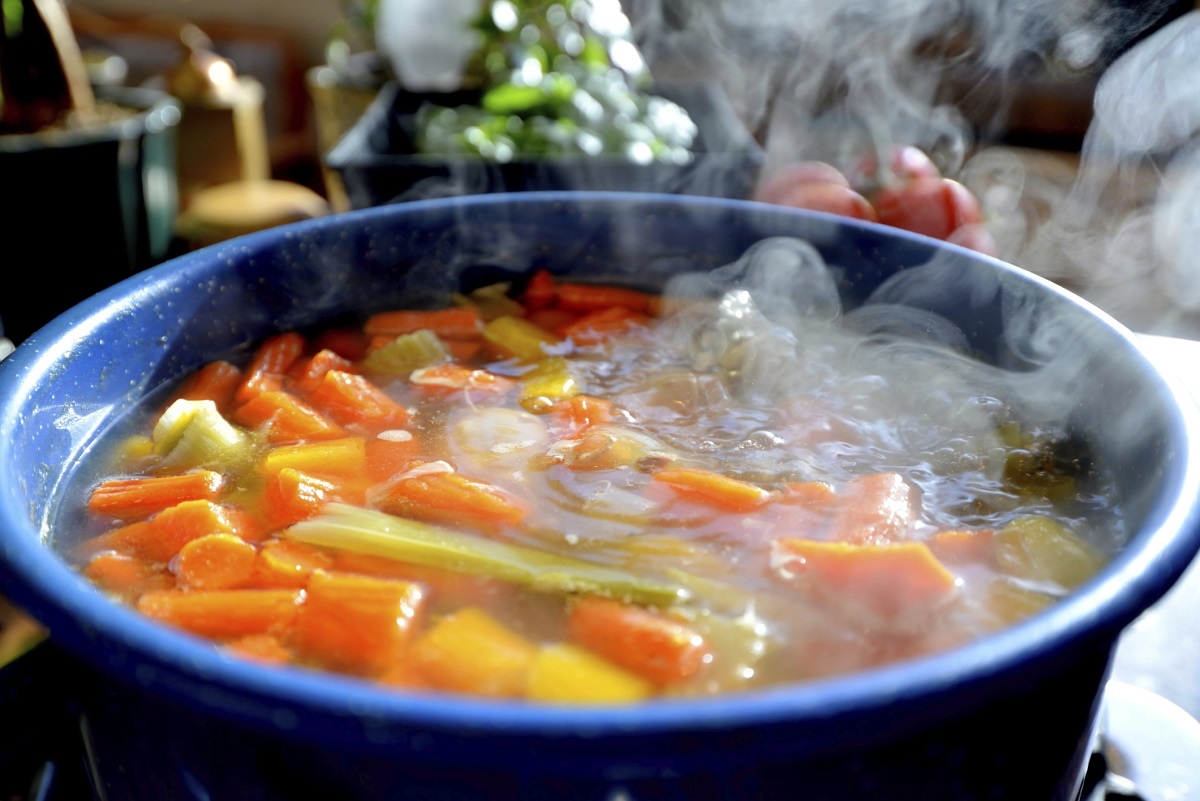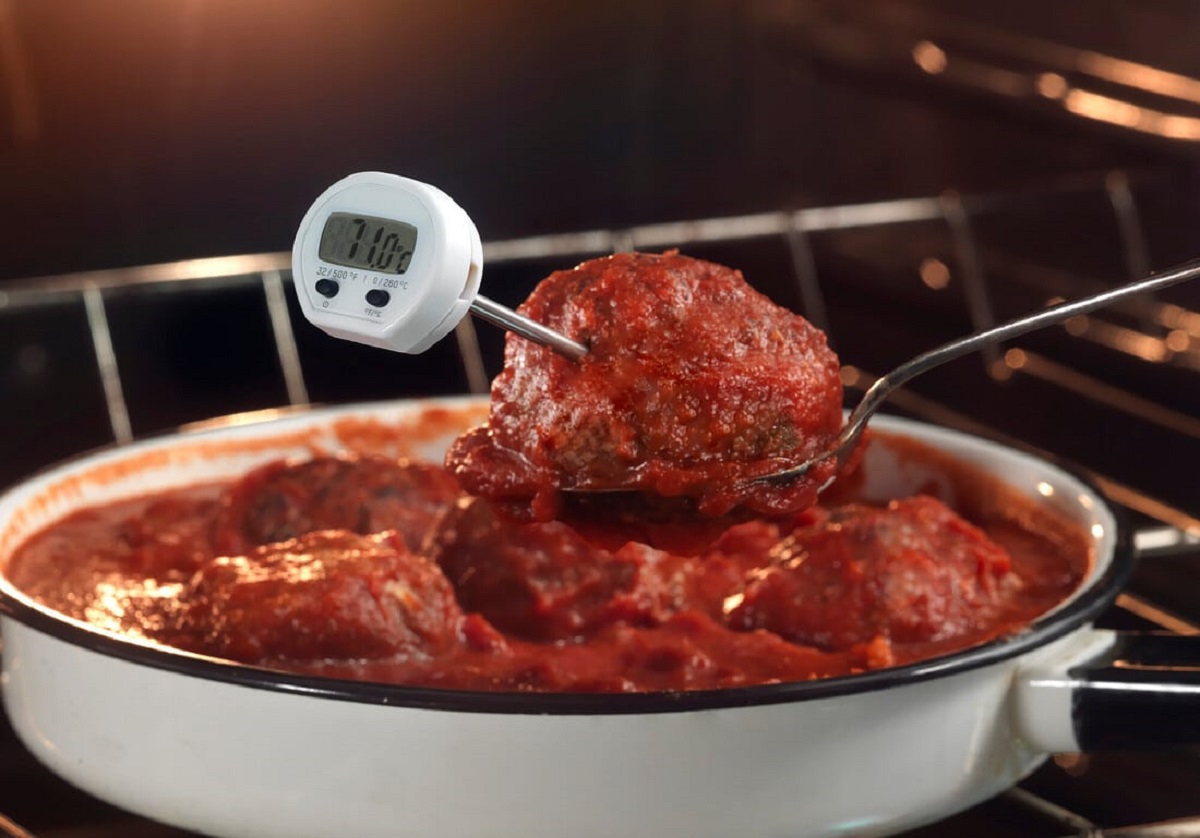Home>Culinary & Beverages>Inappropriate Areas For Storing Food: A Guide To Proper Food Storage
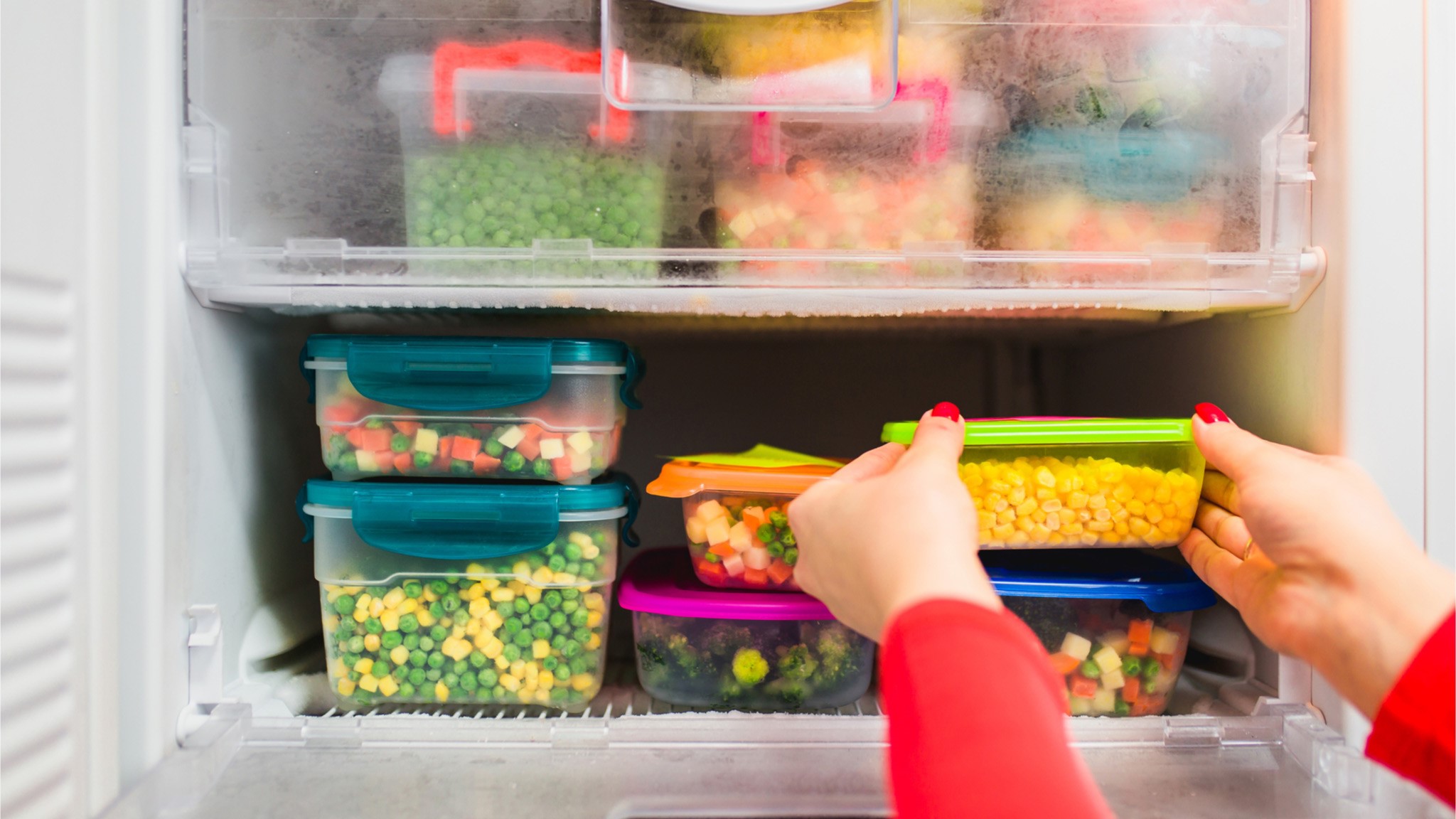

Culinary & Beverages
Inappropriate Areas For Storing Food: A Guide To Proper Food Storage
Published: March 3, 2024
Learn about the inappropriate areas for storing food and discover proper food storage techniques in this comprehensive guide. Keep your culinary and beverages safe!
(Many of the links in this article redirect to a specific reviewed product. Your purchase of these products through affiliate links helps to generate commission for Temperatures.com, at no extra cost. Learn more)
Table of Contents
Introduction
Proper food storage is a crucial aspect of maintaining food safety and quality. It not only preserves the flavor and nutritional value of food but also prevents the growth of harmful bacteria and pathogens. While most people are aware of the importance of refrigeration and pantry storage, there are certain areas within the home that are inappropriate for storing food. In this comprehensive guide, we will explore the appropriate and inappropriate areas for storing food, shedding light on the potential risks associated with improper storage practices.
By understanding the best practices for food storage, individuals can minimize the risk of foodborne illnesses and food spoilage. This guide aims to empower readers with the knowledge to make informed decisions about where to store their food items, ultimately promoting a safer and healthier living environment.
In the following sections, we will delve into specific areas within the home, such as the kitchen, bathroom, garage, laundry room, and basement, to highlight the suitability or unsuitability of each location for food storage. By examining these areas in detail, readers will gain valuable insights into the factors that contribute to proper food storage and the potential hazards of storing food in inappropriate environments.
As we embark on this exploration, it is important to recognize that proper food storage is not only about maintaining food quality but also about safeguarding the well-being of individuals and families. By adhering to recommended storage guidelines and avoiding inappropriate storage areas, households can mitigate the risk of food contamination and ensure that their meals are not only delicious but also safe to consume.
Join us as we navigate through the intricate landscape of food storage, uncovering the dos and don'ts that will empower you to make informed choices about where to store your groceries and perishable items. Let's embark on this enlightening journey to discover the significance of proper food storage and the impact it has on our daily lives.
The Kitchen: Proper Food Storage
The kitchen serves as the heart of the home, where culinary creations come to life and families gather to share meals. It is also the primary hub for food storage, housing a variety of perishable and non-perishable items essential for daily cooking and sustenance. Proper food storage in the kitchen is paramount to maintaining the freshness, flavor, and safety of ingredients and prepared dishes. By adhering to recommended storage practices, individuals can prolong the shelf life of their groceries and minimize the risk of foodborne illnesses.
Refrigerator: The Cool Haven for Perishables
The refrigerator stands as the cornerstone of proper food storage in the kitchen. It provides a cool and controlled environment for perishable items such as dairy products, meats, poultry, seafood, fruits, and vegetables. When storing food in the refrigerator, it is essential to maintain proper temperature settings, typically between 35°F and 40°F (1.6°C and 4.4°C), to inhibit the growth of harmful bacteria. Additionally, utilizing airtight containers or resealable bags can help preserve the freshness of foods and prevent cross-contamination.
Pantry Organization: Dry Goods and Non-Perishables
In the pantry, dry goods and non-perishable items find their designated spaces. Canned goods, pasta, rice, cereals, and baking essentials are commonly stored in this area. To optimize pantry storage, it is advisable to arrange items in a well-organized manner, ensuring that older products are used before newer ones. Moreover, keeping the pantry clean and free from pests is crucial for maintaining the integrity of stored goods.
Countertop Storage: Accessibility and Freshness
Certain fruits, vegetables, and bread are often stored on the countertop for easy access and to maintain optimal freshness. However, it is important to be mindful of the shelf life of these items and to consume them within a reasonable timeframe to prevent spoilage. Additionally, storing bread in a breadbox or airtight container can help retain its texture and flavor.
Spice Rack: Preserving Flavor and Aroma
Spices and herbs play a vital role in enhancing the flavor profiles of dishes. Storing these aromatic ingredients in a cool, dry place away from direct sunlight helps preserve their potency and flavor. Utilizing spice jars or containers with tight seals can shield these delicate ingredients from moisture and air, ensuring their longevity.
By understanding the nuances of proper food storage in the kitchen, individuals can uphold the quality and safety of their culinary provisions. Implementing these best practices fosters a conducive environment for food preservation and culinary excellence, enriching the daily dining experiences of households.
The Bathroom: Inappropriate Areas for Storing Food
The bathroom, often associated with personal hygiene and grooming, is unequivocally an inappropriate area for storing food. While it may seem evident that food and toiletries should be kept separate, it is essential to underscore the potential risks and health hazards associated with storing food items in this space. The humid and fluctuating temperature conditions, coupled with the presence of personal care products and cleaning agents, render the bathroom unsuitable for food storage.
Humidity, a prevalent characteristic of bathrooms, poses a significant threat to the integrity of food items. Excessive moisture in the air can accelerate the spoilage of perishable goods and compromise the quality of non-perishable items. The presence of moisture also creates an ideal breeding ground for mold and bacteria, increasing the likelihood of food contamination. Furthermore, the fluctuating temperatures in bathrooms, particularly during and after showers, can lead to rapid changes in food storage conditions, potentially causing food to spoil more quickly.
Moreover, the coexistence of personal care products, such as lotions, cosmetics, and cleaning agents, in the bathroom introduces the risk of cross-contamination. These items may emit volatile compounds or particles that can permeate food packaging, compromising the safety and edibility of stored items. Additionally, the use of aerosol sprays and air fresheners in the bathroom can introduce chemical residues that may taint food products, posing health risks upon consumption.
In light of these factors, it is imperative to emphasize that the bathroom should never be utilized as a storage space for any food items, regardless of their nature or packaging. By adhering to this principle, individuals can mitigate the risk of foodborne illnesses, maintain the quality of their groceries, and uphold the standards of food safety within their households.
Understanding the unsuitability of the bathroom for food storage underscores the importance of discerning appropriate storage areas within the home. By respecting the designated spaces for food storage and adhering to recommended guidelines, individuals can safeguard their well-being and that of their families, ensuring that meals are not only delicious but also safe for consumption.
The Garage: Inappropriate Areas for Storing Food
The garage, often serving as a multifunctional space for vehicle maintenance, storage, and DIY projects, is unequivocally an inappropriate area for storing food. Despite its utility for housing tools, equipment, and household items, the garage presents inherent challenges and risks that render it unsuitable for food storage.
One of the primary concerns associated with storing food in the garage is the lack of climate control. Unlike the controlled environments of the kitchen or pantry, the garage is susceptible to fluctuating temperatures, especially in regions with extreme weather conditions. Exposure to heat and cold can compromise the integrity of food products, leading to spoilage, rancidity, and loss of nutritional value. Additionally, temperature variations can accelerate the degradation of packaging materials, potentially exposing food to contaminants and pests.
Furthermore, the garage is often exposed to environmental factors that pose a threat to food safety. Dust, dirt, and fumes from vehicles or stored chemicals can infiltrate food packaging, compromising the quality and edibility of stored items. The presence of pests, such as rodents and insects, further exacerbates the risk of food contamination, as these creatures can access and tamper with improperly stored food, posing health hazards to consumers.
In addition to environmental concerns, the garage is frequently utilized for activities involving hazardous materials, including paints, solvents, and pesticides. The proximity of these substances to stored food items introduces the potential for cross-contamination, as volatile compounds and residues may permeate food packaging, compromising the safety and suitability of the products.
It is imperative to underscore that the garage should never be utilized as a storage space for any food items, regardless of their nature or packaging. By adhering to this principle, individuals can mitigate the risk of foodborne illnesses, maintain the quality of their groceries, and uphold the standards of food safety within their households.
Understanding the unsuitability of the garage for food storage underscores the importance of discerning appropriate storage areas within the home. By respecting the designated spaces for food storage and adhering to recommended guidelines, individuals can safeguard their well-being and that of their families, ensuring that meals are not only delicious but also safe for consumption.
The Laundry Room: Inappropriate Areas for Storing Food
The laundry room, a space dedicated to the essential task of cleaning and caring for clothing and linens, is unequivocally an inappropriate area for storing food. Despite its utility for housing laundry appliances and supplies, the laundry room presents inherent challenges and risks that render it unsuitable for food storage.
One of the primary concerns associated with storing food in the laundry room is the presence of cleaning agents and laundry detergents. These products contain a myriad of chemicals, including fragrances, surfactants, and enzymes, which can emit volatile compounds and particles. The proximity of food items to these substances introduces the risk of cross-contamination, as the packaging of food products may absorb these chemical residues, compromising their safety and suitability for consumption.
Furthermore, the laundry room is characterized by fluctuating temperature and humidity levels, which are unsuitable for preserving the quality and safety of food items. The presence of moisture from washing machines and dryers, coupled with the potential for temperature variations, creates an environment conducive to the growth of mold, bacteria, and other pathogens. These conditions can hasten the spoilage of perishable goods and compromise the integrity of non-perishable items, posing health risks to consumers.
In addition to environmental concerns, the laundry room may also harbor lint, dust, and airborne particles generated during the laundering process. These particles can settle on food packaging, potentially contaminating the stored items and compromising their edibility. Moreover, the laundry room is not designed to prevent pest intrusion, making it susceptible to infestations by insects and rodents, further jeopardizing the safety and integrity of stored food products.
It is imperative to underscore that the laundry room should never be utilized as a storage space for any food items, regardless of their nature or packaging. By adhering to this principle, individuals can mitigate the risk of foodborne illnesses, maintain the quality of their groceries, and uphold the standards of food safety within their households.
Understanding the unsuitability of the laundry room for food storage underscores the importance of discerning appropriate storage areas within the home. By respecting the designated spaces for food storage and adhering to recommended guidelines, individuals can safeguard their well-being and that of their families, ensuring that meals are not only delicious but also safe for consumption.
The Basement: Inappropriate Areas for Storing Food
The basement, often utilized for storage, recreational activities, or as an extension of living space, is unequivocally an inappropriate area for storing food. Despite its utility for housing seasonal items, household supplies, or recreational equipment, the basement presents inherent challenges and risks that render it unsuitable for food storage.
One of the primary concerns associated with storing food in the basement is the lack of climate control. Unlike the controlled environments of the kitchen or pantry, basements are susceptible to fluctuating temperatures and humidity levels. These conditions can compromise the integrity of food products, leading to spoilage, rancidity, and loss of nutritional value. Additionally, temperature variations can accelerate the degradation of packaging materials, potentially exposing food to contaminants and pests.
Furthermore, basements are often prone to dampness and moisture, especially in regions with high humidity or during seasonal changes. The presence of moisture creates an ideal breeding ground for mold, mildew, and bacteria, posing significant risks to the safety and quality of stored food items. Additionally, the lack of adequate ventilation in basements can exacerbate these issues, further compromising the suitability of the environment for food storage.
In addition to environmental concerns, basements may also harbor dust, debris, and potential allergens, which can infiltrate food packaging and compromise the safety and edibility of stored items. The presence of pests, such as rodents, insects, and even mold, further exacerbates the risk of food contamination, as these organisms can access and tamper with improperly stored food, posing health hazards to consumers.
It is imperative to underscore that the basement should never be utilized as a storage space for any food items, regardless of their nature or packaging. By adhering to this principle, individuals can mitigate the risk of foodborne illnesses, maintain the quality of their groceries, and uphold the standards of food safety within their households.
Understanding the unsuitability of the basement for food storage underscores the importance of discerning appropriate storage areas within the home. By respecting the designated spaces for food storage and adhering to recommended guidelines, individuals can safeguard their well-being and that of their families, ensuring that meals are not only delicious but also safe for consumption.
Conclusion: Importance of Proper Food Storage
Proper food storage is a cornerstone of household management, encompassing a myriad of considerations that directly impact the safety, quality, and longevity of food items. By adhering to recommended storage practices and discerning appropriate areas for storing food, individuals can safeguard their well-being and that of their families, ensuring that meals are not only delicious but also safe for consumption.
The significance of proper food storage extends beyond mere preservation; it is a fundamental aspect of food safety and hygiene. By maintaining perishable items at optimal temperatures and non-perishables in suitable environments, individuals can mitigate the risk of foodborne illnesses and contamination. This proactive approach to food storage aligns with the overarching goal of promoting a healthy and secure living environment.
Furthermore, proper food storage contributes to the reduction of food waste, a prevalent issue with far-reaching implications. By preserving the freshness and quality of groceries, individuals can minimize spoilage and extend the shelf life of food items, thereby maximizing their utility and minimizing unnecessary disposal. This not only aligns with sustainable practices but also offers economic benefits by optimizing household resources.
In addition to safety and sustainability, proper food storage plays a pivotal role in preserving the flavor, texture, and nutritional value of ingredients and prepared dishes. By creating conducive storage conditions for perishable and non-perishable items, individuals can uphold the sensory and nutritional integrity of their meals, enhancing the overall dining experience and culinary satisfaction.
Ultimately, the importance of proper food storage transcends the confines of the kitchen and permeates every aspect of daily life. It is a testament to conscientious living, where mindful practices converge with the well-being of individuals and the nurturing of healthy habits. By embracing the principles of proper food storage, individuals empower themselves to make informed choices, cultivate a safer living environment, and savor the delights of wholesome, well-preserved meals.
